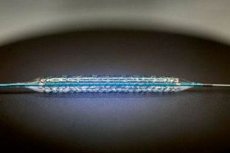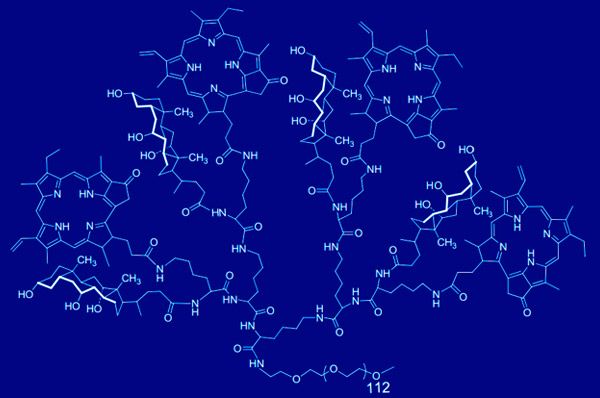New publications
"Smart threads" are the future of diagnostics
Last reviewed: 02.07.2025

All iLive content is medically reviewed or fact checked to ensure as much factual accuracy as possible.
We have strict sourcing guidelines and only link to reputable media sites, academic research institutions and, whenever possible, medically peer reviewed studies. Note that the numbers in parentheses ([1], [2], etc.) are clickable links to these studies.
If you feel that any of our content is inaccurate, out-of-date, or otherwise questionable, please select it and press Ctrl + Enter.

Scientists from the United States and India have jointly developed a unique device that can penetrate tissue and conduct diagnostics. The specialists created special threads for stitching damaged tissues, into which they embedded nano-sensors and connected them to a wireless electrical circuit. In addition, the threads differed in sensitivity to various chemical and physical compounds. According to the scientific group, their invention will help control the healing process of wounds, postoperative sutures and monitor the general condition of the patient.
In one of the research centers, scientists have found that the threads are an excellent basis for diagnostic implants. The studies were conducted on laboratory rodents - as a result, scientists were able to assess the health of the animals based on data on fiber tension, pressure, temperature, etc. - all data was received on a computer and a mobile device via a wireless data transmission channel. Special conductive threads, treated with the necessary components, were sewn into the body of rats, then after analyzing the data obtained, scientists assessed the wound healing process, the likelihood of infection, and also identified violations of the biochemical balance of the body.
Using threads, scientists obtained data on blood glucose levels, acid-base balance, pressure, etc. Special small devices are capable of penetrating not only soft tissues, but also complex organ structures and orthopedic implants.
It is difficult to say now whether such threads will be used in medical practice in the near future, since scientists still have a lot of research to do in this area, but judging by the preliminary data, “smart threads” will help optimize the treatment of an individual patient.
There are currently no diagnostic devices that could be sewn into the structure of tissue or an organ, and threads could be a real breakthrough in this area. Specially treated threads could be the basis not only for surgical implants, but also sewn into textiles, such as bandages, so that doctors could monitor the healing process of postoperative sutures, and also used in sanitary diagnostics.

All currently available diagnostic implant bases are two-dimensional devices whose practicality in flat tissues has been limited.
Scientists are confident that "smart threads" can be used to develop intelligent material that will be sewn into tissues. It is possible that the threads will be implanted into the human body and will become indispensable assistants for doctors in diagnosing patients.
The research team also noted that the material and processing costs are quite expensive, while the finished materials are relatively inexpensive and multifunctional, one of the main advantages of which is the ability to penetrate complex tissue structures and deliver the compounds needed by the body using a liquid flow.
